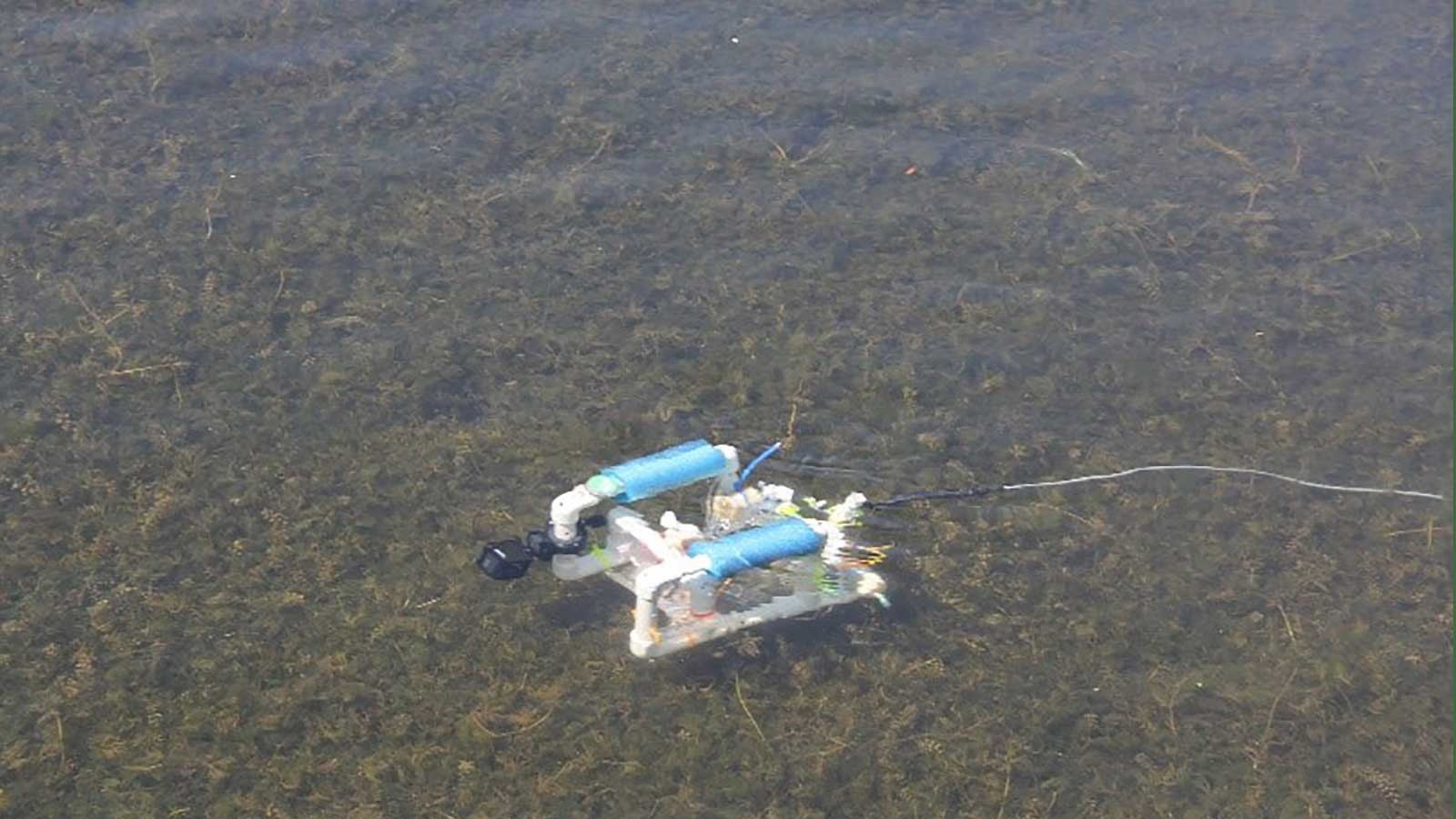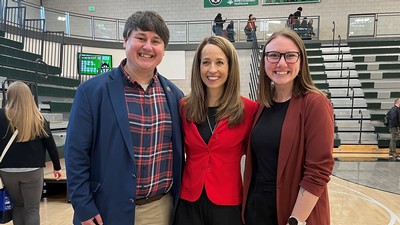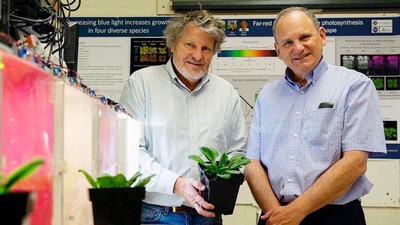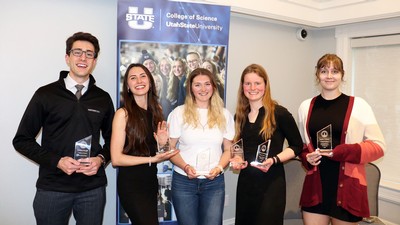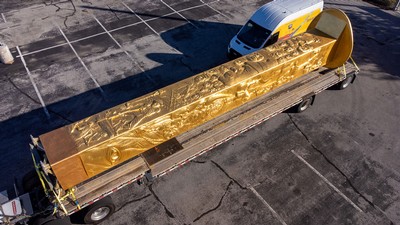Robot Invasion: QCNR Helps High School Students Build and Test Submersible Robots
The robots must be advanced builds that can move under water - left to right – up and down, and in different water quality environments.
High school teacher Jill Kennedy prefers to go beyond books. She believes in encouraging her students to get their hands on their projects —but not just the typical bridges built with toothpicks. Kennedy, an engineering and computer science teacher at Clearfield High School, wanted her students to understand how projects they could actually build might have an impact on real-world applications —like measuring water quality with remotely operated submarines. Several experts from Utah State University’s S.J. and Jessie E. Quinney College of Natural Resources were happy to help make that happen.
Kennedy attended a USU STARS! GEAR UP summer camp this year, where she and her students learned from USU Professor of Watershed Sciences Nancy Mesner how to build and operate UROVs (underwater remotely operated vehicles). Kennedy was so intrigued by the project, she pursued funding to buy equipment (special batteries and motor controllers) to let her high school advanced engineering students take a stab at making the robots for themselves.
These devices are more than your run-of-the-mill land-variety robot. They have to be able to move under water – left to right, and up and down – and require the operator to have a working knowledge of buoyancy, pond ecology and water quality. Knowledge and experience gained by partnering with USU Water Quality Extension and the Quinney College of Natural Resources.
“Students that are involved in robotics have a lot more hands-on experience with a lot of skills that engineering companies need,” Kennedy said. “Because when engineers go to college, they never have to touch power tools, they never have to actually build anything by the time they get out,” she said.
Kennedy and her students wanted to find a nearby location to test their submersible robots and learn more about how their robots could be used to measure water quality. They came to the Wetlands Discovery Point at the USU Botanical Center to perform a trial run with their equipment. Lauren Houskeeper, a member of the Water Quality Extension team, led the field trip. She taught the students about testing water for things like dissolved oxygen, pH levels, temperature and turbidity.
“Experiences like this really can show students different opportunities to get involved in science. and how engineering, and other areas they wouldn’t necessarily think about, can really tie together,” said Houskeeper.
The UROVs based on the Seaperch, an underwater robotics program designed specifically for teachers and students, used at the USU STARS! GEAR UP Engineering Camp as an activity to promote STEM education. The students built a similar robotic device using readily available and relatively inexpensive components.
Several additional devices were attached to the UROVs, including a light and temperature meter, a device to measure water depth, a device to take water samples at depth, and a GoPro to capture video of underwater conditions.
The students used lessons from the Stream Side Science curriculum, developed by USU Water Quality Extension and available at http://streamsidescience.usu.edu. Stream Side Science provides a deeper understanding of the ecological and management implications of many water quality measurements.
Robot with a GoPro attached for filming.
CONTACT
Hope Braithwaite
Professional Practice Professor for Watershed Quality
Extension
(435) 797-2580
hope.braithwaite@usu.edu
Traci Hillyard
Administrative Assistant
College of Science
435-797-2478
traci.hillyard@usu.edu
ADDITIONAL RESOURCES
- - S.J. & Jessie E. Quinney College of Natural Resources
- - USU Extension
- - USU Water Quality Extension
- - USU STARS! GEAR UP
TOPICS
Utah 371stories Water 262stories Hands-on Learning 211stories K-12 75stories Robotics 9storiesComments and questions regarding this article may be directed to the contact person listed on this page.




